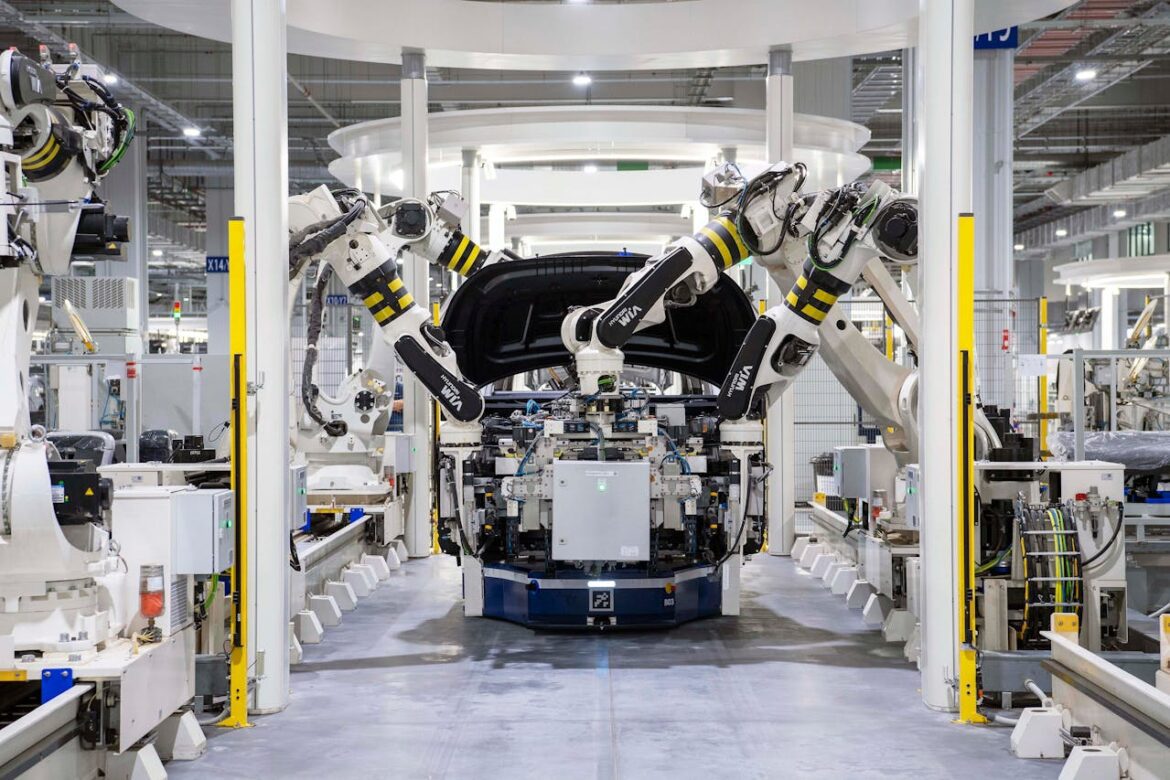Self-Driving Trucks Hit the Road on Dedicated U.S. Freight Corridors
The Rise of Autonomous Freight Corridors
In November 2024, an innovative shift in the U.S. logistics sector is underway, with state governments and logistics companies piloting dedicated autonomous freight corridors. These dedicated lanes are specifically designed to enhance the effectiveness and efficiency of shipping operations through the use of self-driving trucks. By focusing efforts on these specialized routes, stakeholders are seeking to revolutionize freight transport across the nation.
What Are Autonomous Freight Corridors?
Autonomous freight corridors represent highway lanes designated exclusively for the operation of self-driving trucks. These corridors are equipped with state-of-the-art technology, including advanced sensors, communication networks, and charging stations, all of which facilitate the seamless operation of autonomous vehicles. This infrastructure not only ensures that the trucks can navigate safely but also supports the growing demand for reliable and efficient freight delivery.
Mark Reyes, a logistics strategist, commented on the potential impact of these corridors, stating, “Freight corridors are unlocking the potential of self-driving trucks. They’re the backbone of next-gen logistics.” His insights reflect a broader optimism within the industry about the transformative power of autonomous vehicle technology.
Key Pilots in the United States
The implementation of autonomous freight corridors is gaining traction across various regions in the United States. Notably, the Southwest routes in states like Texas and Arizona are establishing corridors that link major shipping hubs with autonomous truck fleets. This connectivity is essential for improving logistical efficiency in an area where freight movement is crucial to the economy.
In addition, the Midwest is experiencing expansion efforts, particularly in Illinois and Ohio, where state governments are investing in infrastructure to support regional freight automation. These investments complement public-private collaborations, exemplified by partnerships between logistics firms like FedEx and state governments, which aim to fund and promote pilot programs catering to the needs of this evolving sector.
Benefits for Logistics and the Economy
The deployment of autonomous freight corridors is expected to yield a multitude of benefits for both the logistics industry and the broader economy. One of the most significant advantages is the reduction in shipping costs, which can ultimately lead to savings for consumers. Additionally, self-driving trucks can minimize delivery times, ensuring that goods reach their destinations more swiftly.
Safety is another key benefit associated with autonomous freight operations. By eliminating human factors such as driver fatigue, the likelihood of accidents can significantly decrease. Moreover, these corridors promote sustainability by optimizing fuel efficiency, as autonomous trucks can navigate routes more efficiently than their human-operated counterparts, leading to reduced emissions.
Challenges and Considerations Ahead
Despite the potential benefits, the transition to autonomous freight corridors is not without its challenges. One of the foremost concerns is the need for substantial infrastructure investments, which are critical for the successful implementation of these corridors. Upgrading existing transportation networks to support autonomous technology will demand financial resources and time.
Furthermore, public acceptance presents another challenge for stakeholders. To encourage widespread adoption of autonomous freight transport, companies and governments are conducting outreach programs and feasibility studies. Engaging with the public and addressing their concerns will be essential in fostering trust and readiness for this technological transition.
The Future of Freight Transportation in the U.S.
As we approach November 2024, the focus on autonomous freight corridors highlights a transformative period in the realm of freight transportation in the U.S. The infusion of autonomous technology promises to enhance logistics operations, providing a glimpse into the future of supply chain management. With ongoing investments and pilot programs, industry leaders are hopeful about the role that these corridors will play in driving efficiency and innovation in freight transport.
Conclusion
In summary, autonomous freight corridors represent a significant step forward for the logistics sector in the United States. By enabling self-driving trucks to operate within dedicated lanes, stakeholders aim to improve efficiency, safety, and sustainability in freight transportation. While challenges related to infrastructure and public perception remain, the potential benefits of this technological advancement are substantial. The future of logistics is on the horizon, and autonomous freight corridors are poised to play a critical role in shaping it.
FAQs
What are autonomous freight corridors?
Autonomous freight corridors are specialized highway lanes reserved for self-driving trucks. These corridors are equipped with advanced technology to support autonomous operations safely and efficiently.
What are the benefits of autonomous freight corridors?
The benefits include reduced shipping costs, minimized delivery times, enhanced safety by eliminating driver fatigue, and improved fuel efficiency for more sustainable operations.
Which states are piloting autonomous freight corridors?
Key states involved in piloting autonomous freight corridors include Texas, Arizona, Illinois, and Ohio. These states are investing in infrastructure to support autonomous trucking initiatives.
What challenges do autonomous freight corridors face?
Challenges include the need for significant infrastructure investments and the necessity of gaining public acceptance for the new technology. Stakeholders are actively addressing these issues to ensure successful implementation.
How can autonomous freight corridors impact the economy?
These corridors can lead to cost savings in shipping, improve delivery speeds, enhance safety, and promote sustainability, all of which can contribute positively to the broader economy.

